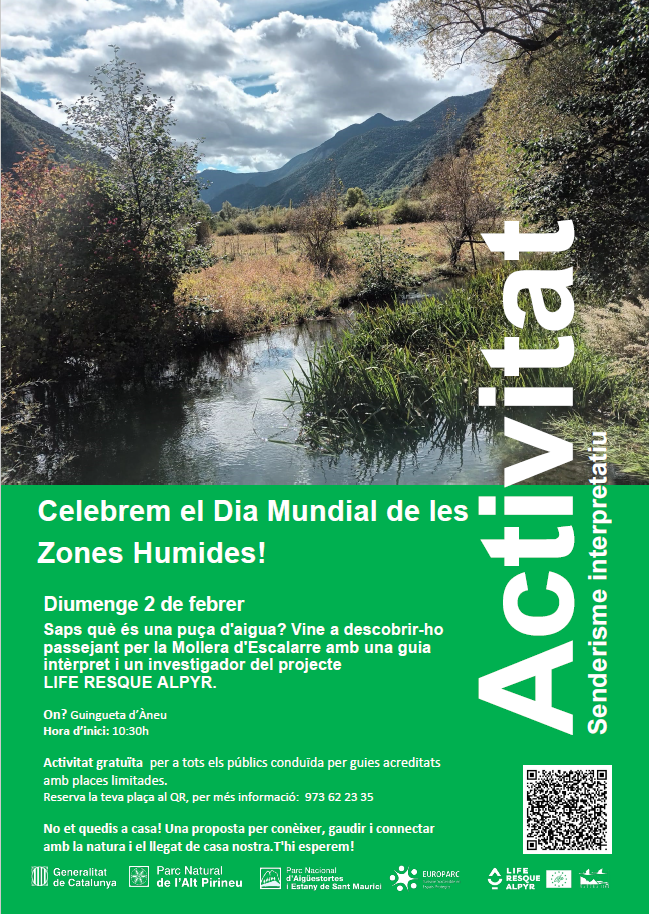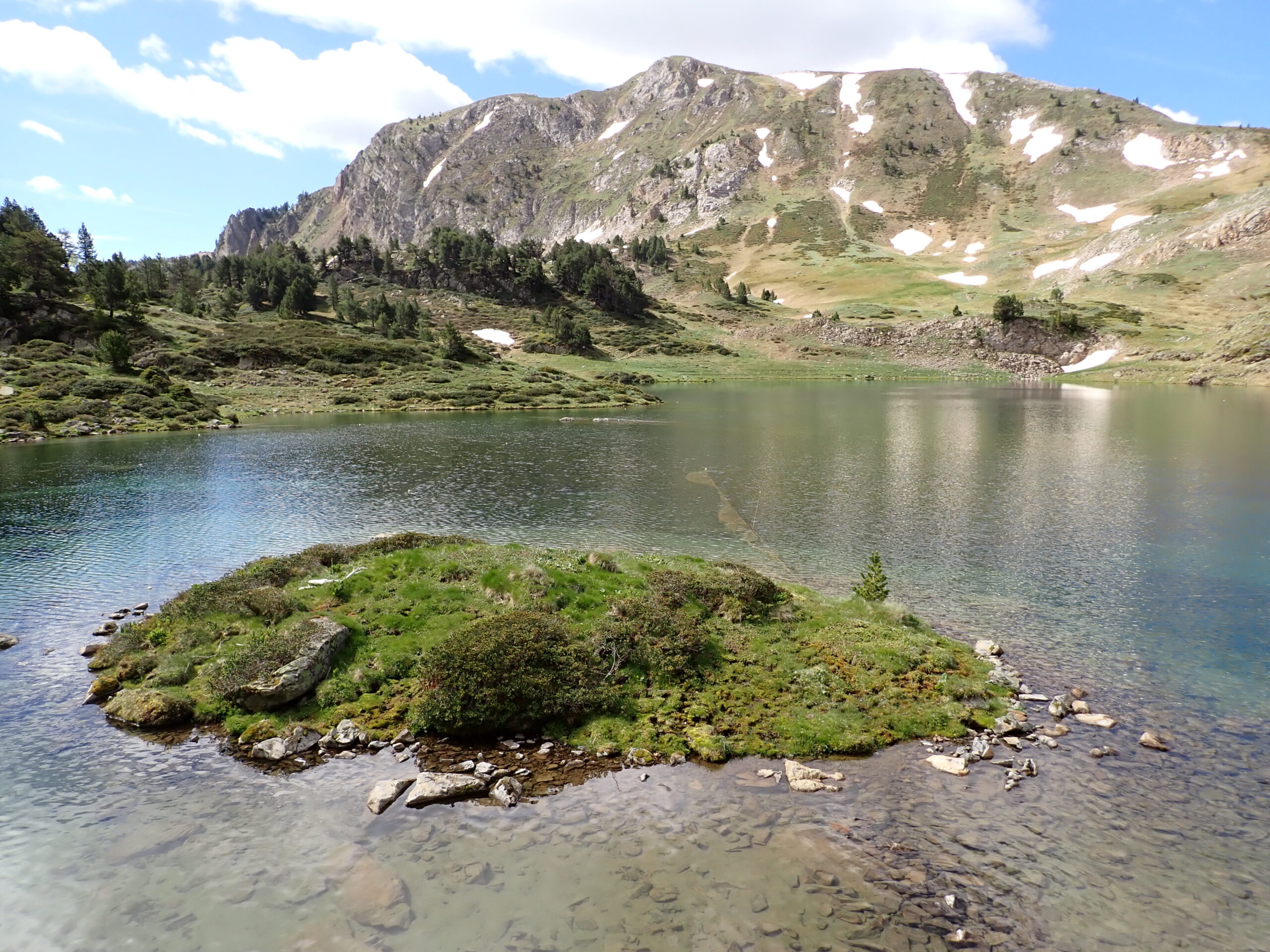Every year on February 2nd, World Wetlands Day brings people together from all over the world to celebrate and protect the value of these unique environments. These vital ecosystems sustain life on Earth, providing water, food, livelihoods, and resilience in the face of climate challenges.
This day commemorates the signing of the Convention on Wetlands in Ramsar, Iran, on February 2, 1971. Officially recognized by the Convention in 1997 and by the United Nations in 2021, World Wetlands Day has grown into a global movement. However, despite their importance, these ecosystems are disappearing three times faster than forests, with a global loss of 35% since 1970.
In this context, each year a theme is chosen to highlight a key aspect of conservation. The 2025 theme, “Protecting Wetlands for Our Common Future,” emphasizes the importance of collective action to preserve these areas as critical ecosystems for a sustainable planet. The campaign focuses on three key messages:
- Value wetlands. They are essential for water security, biodiversity, and climate resilience, providing countless benefits to humanity.
- Protect wetlands. Safeguarding them ensures the continuity of their critical ecological and social roles.
- Inspire action. The restoration and conservation of wetlands require collaborative efforts from all sectors of society.
These actions are more necessary than ever to reverse current trends and secure the future of these irreplaceable ecosystems.
High Mountain Natural Treasures
High mountain wetlands are true natural treasures, valued for their rarity, fragility, and the unique species they support. For this reason, they have been included in the Natura 2000 network.
The Natura 2000 Network, an initiative of the European Commission, aims to protect and improve the conservation status of Europe’s most valuable habitats and species. Member states are responsible for ensuring the protection of this network.
The LIFE Program, also promoted by the European Commission, funds projects aimed at improving these habitats or species that are particularly threatened. A key example of this initiative is the LIFE RESQUE ALPYR project, which focuses on conserving and restoring high mountain aquatic ecosystems in the Pyrenees.

The project not only aims to preserve natural habitats but also to reverse the impacts caused by human activity and climate change. Through concrete actions, LIFE RESQUE ALPYR contributes to improving lakes, rivers, and peatlands, ensuring their ecological functionality and preserving native biodiversity.
In the Pyrenees, there are four major types of wetlands: rivers, lakes, springs, and peatlands. They differ based on whether the water is flowing or still and whether vegetation covers most of their surface. All of them are part of what are known as continental wetlands.
Most of the lakes and wetlands in the Pyrenees were formed around 10,000 years ago when receding glaciers filled the basins carved by ice erosion with water.

These ecosystems are essential not only for their great biological diversity but also because they regulate the water and climate cycles, help control floods and droughts, supply water resources, and serve as refuges for wildlife. At the same time, they are key areas for human activities such as tourism and fishing.
Wetlands Are Much More Than Natural Spaces
They are essential connecting ecosystems that facilitate species movement and maintain genetic diversity and population health.
- They host 40% of all known animal and plant species, including endangered, threatened, and endemic species that cannot survive anywhere else.
- Freshwater wetlands are biodiversity hotspots, home to almost all amphibians, half of all fish, and more than one-third of all vertebrates.
- However, they are threatened by multiple factors, such as invasive alien species, which compete with native biodiversity, and pollution from urban and industrial areas—even when the pollution sources are far away.
The conservation, management, and restoration of wetlands depend on the knowledge, experience, and active participation of Indigenous peoples and local communities.
Celebrate World Wetlands Day!
To celebrate World Wetlands Day, we invite you to explore Mollera d’Escalarre with an interpretive guide and a researcher from the LIFE RESQUE ALPYR project. This is an opportunity to learn, enjoy, and connect with nature and our natural heritage.
- Location: Guingueta d’Àneu
- Start time: 10:30 AM
- Free activity for all audiences with limited spots available.
- Reserve your spot using the QR code on the poster. For more information: 973 62 23 35.





